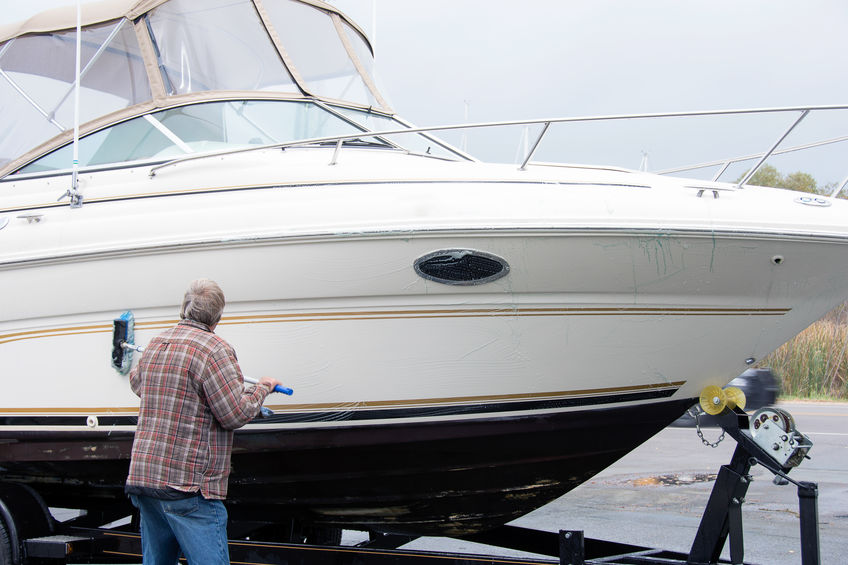San Mateo County’s boating facilities offer families and individuals the opportunity to explore our County’s coastlines. Although boating provides hours of enjoyment, it also has the potential to add a variety of pollutants into the environment, including oil, hazardous waste, and marine debris. This pollution harms water quality and aquatic life. Earth911.org recommends the following tips for a clean and green boating experience:
- Prevent oily discharges from the bilge: Keep your engine well-tuned to prevent fuel and oil leaks. Secure an oil absorbent pad or pillow in your bilge and under your engine where drips may occur. Dispose of them as hazardous waste at a marina or local hazardous waste collection center.
- Spill-proof your oil changes: For oil changes, use an oil change pump to transfer oil to a spill-proof container. Wrap a plastic bag or absorbent pad around the oil filter to prevent oil from spilling into the bilge. San Mateo County Boaters can find out how to safely recycle used motor oil, oil filters, and oil cleanup absorbents using this guide.
- Limit fuel spills: Prevent fuel spills by filling fuel tanks slowly. Don’t “top off” or overflow your fuel tank.
- Do not add soap: Never use soap to disperse fuel and oil spills. It increases harm to the environment and it is illegal.
- Minimize boat cleaning and maintenance in the water: If possible, save maintenance projects for the boatyard. When performing work on the water, minimize your impact by containing waste.
- Reduce toxic discharges from bottom paints: Minimize the discharge of heavy metals found in soft-sloughing antifouling paints by using a less toxic, or nontoxic antifouling paint. Use only non-abrasive underwater hull cleaning techniques to prevent excessive paint discharge.
- Dispose of hazardous waste properly: Dispose of paints, batteries, antifreeze, cleaning products, oil, oil filters, and other hazardous waste at a hazardous waste collection facility.
- Manage sewage wastes properly: Never discharge sewage within 3 miles of shore. Use harbor pump-out stations and shoreside facilities. If you don’t have an installed toilet, use a porta-potty and empty it at a harbor dump station or bathroom.
- Stow it, don’t throw it! Keep your trash on board. Never throw cigarette butts, fishing line, or any other garbage into the ocean. Take advantage of shoreside facilities to recycle plastic, glass, metal, and paper.
- Reduce greywater discharges: Use a phosphate-free biodegradable soap to minimize the impacts of greywater on the marine environment.
